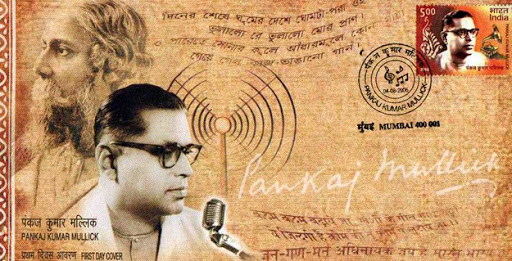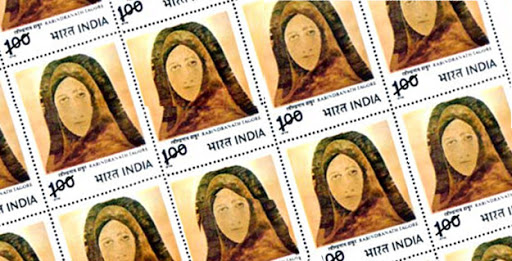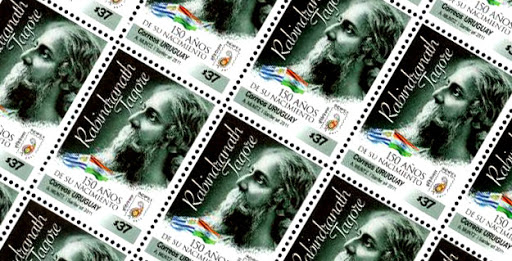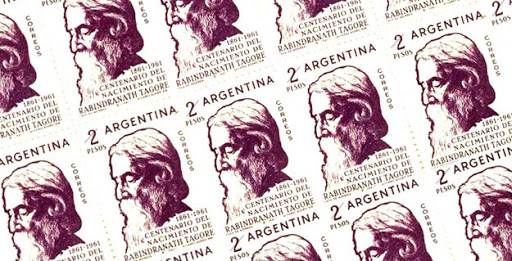In 1748 Major Stringer Lawrence, a veteran of action in Spain, Flanders and the Highlands, was hired by the East India Company to take charge of the defense of Cuddalore. He laid the foundations of what was to become the Indian Army. Training the levies to become a militia, the Madras Levies were formed into "companies" and trained to become a disciplined and fine fighting force. In 1758 Lawrence raised the Madras Regiment, forming the several Companies of Madras Levies into two battalions. 2 Madras was raised in 1776 as 15 Carnatic Infantry at Thanjavur [and underwent many nomenclature changes thereafter]. The regiment has been through many campaigns with both the British Indian Army and the Indian Army. Many well-known British officers have commanded this regiment, Robert Clive is one among them. This regiment has fought the Carnatic wars, which were fought in South India. The elephant crest symbolizes its gallantry in the Battle of Assaye under Arthur Wellesley, later Duke of Wellington. There after the British annexed the Indian sub-continent, largely with the help of the Madras Regiment sepoys. The coming of the British rule and merging the Presidency armies into a British Indian Army led the erstwhile regiments to be reorganised. Based on the 'martial race' theory, the 'thambis' were considered inferior stock to the well-built Sikhs and northern Indians being brought into service by the British after 1857. This resulted in the disbandment of native Madrassi regiments and raising of northern Indian-manned Regiments. Many later Punjab battalions of Indian and Pakistani Armies still trace their lineage back to the Madras battalions. After many years, this regiment was re-raised with fresh recruits and a draft of troops from the Madras Sappers during the World War II. The newly reborn Madras Regiment performed very creditably during the War in the Burma campaign. After independence, the infantry battalions of the Travancore "Nair Pattalam", Cochin and Mysore State forces were amalgamated into the Madras Regiment. Post-independence saw the consolidation of the Regiment and re-affirmation of the versatility and valour of the South Indian troops when the battalions of the Regiment fought fierce battles during the 1947-48 Jammu & Kashmir Operations, the 1962 Sino-Indian Conflict and the Indo-Pak Wars of 1965 and 1971. The deployment of as many as seven battalions of the Regiment in Sri Lanka during Operation Pawan in 1987-89 was a testimony to the faith the Indian Army reposed in the loyalty, dedication and valour of the troops of the Madras Regiment. Two battalions (3 and 25 Madras) of the Regiment have been awarded unit citations by the COAS in recognition of their splendid service in combating insurgency in Jammu & Kashmir and Punjab. Further two battalions served the nation, in the world's highest battlefield in the subzero temperatures of Siachen Glacier.

Rabindra Sangeet And Pankaj Kumar Mullick
Rabindra Sangeet And Pankaj Kumar Mullick . Click Here

Rabindranath Tagore And His Play PostOffice
Read About Tagore And His Play Post Office...Click Here

Stamps On Paintings Of Rabindranath Tagore
Stamps Related To Tagore As A Painter....Click Here

Uruguay Celebrates 150yrs Of Rabindranath Tagore
Many Countries Will Release Stamps On Tagore..Uruguay was the first Click Here

Rabindranath Tagore And Argentina
Rabindranath Tagore And Argentina....Read more






0 comments:
Post a Comment